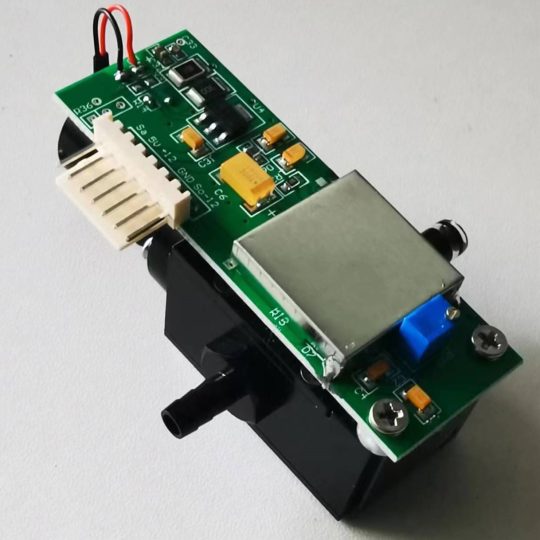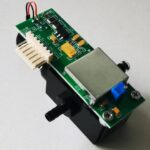
# Particle Counter: A Comprehensive Guide to Understanding and Utilizing Particle Counting Technology
## Introduction to Particle Counters
Particle counters are essential tools in various industries, including pharmaceuticals, cleanrooms, and environmental monitoring. These devices measure the concentration and size distribution of particles in the air or liquid, providing critical data for quality control and process optimization.
## How Particle Counters Work
Particle counters operate by drawing a sample of air or liquid through a detection chamber. As particles pass through the chamber, they interact with a light source, typically a laser. The scattered light is detected by a sensor, which then calculates the particle size and concentration based on the intensity and pattern of the scattered light.
### Types of Particle Counters
There are several types of particle counters, each designed for specific applications:
– **Optical Particle Counters (OPCs):** These are the most common type, using light scattering to detect particles.
– **Condensation Particle Counters (CPCs):** These devices grow particles to a detectable size using condensation, making them ideal for detecting ultrafine particles.
– **Electrostatic Particle Counters:** These use electrical charges to detect and count particles, often used in high-precision applications.
## Applications of Particle Counters
Particle counters are used in a wide range of applications, including:
– **Cleanroom Monitoring:** Ensuring that cleanrooms meet stringent cleanliness standards.
– **Pharmaceutical Manufacturing:** Monitoring particle levels to ensure product quality and compliance with regulatory standards.
– **Environmental Monitoring:** Assessing air quality and detecting pollutants.
– **HVAC Systems:** Maintaining air quality in buildings and ensuring the efficiency of HVAC systems.
## Choosing the Right Particle Counter
Selecting the appropriate particle counter depends on several factors:
– **Particle Size Range:** Ensure the counter can detect the size range of particles relevant to your application.
– **Sampling Rate:** Consider the volume of air or liquid that needs to be sampled and the required sampling rate.
– **Accuracy and Precision:** High accuracy and precision are crucial for critical applications like pharmaceutical manufacturing.
– **Portability:** For field applications, a portable particle counter may be necessary.
## Maintenance and Calibration
Regular maintenance and calibration are essential to ensure the accuracy and reliability of particle counters. This includes:
– **Cleaning the Detection Chamber:** Preventing contamination that could affect readings.
– **Calibration:** Using certified calibration standards to verify the accuracy of the device.
– **Software Updates:** Keeping the device’s software up to date to ensure optimal performance.
## Conclusion
Particle counters are indispensable tools for monitoring and controlling particle levels in various environments. By understanding how they work, their applications, and how to choose and maintain them, you can ensure accurate and reliable particle counting for your specific needs. Whether in a cleanroom, pharmaceutical lab, or environmental monitoring station, particle counters play a crucial role in maintaining quality and safety standards.
Keyword: particle counter

